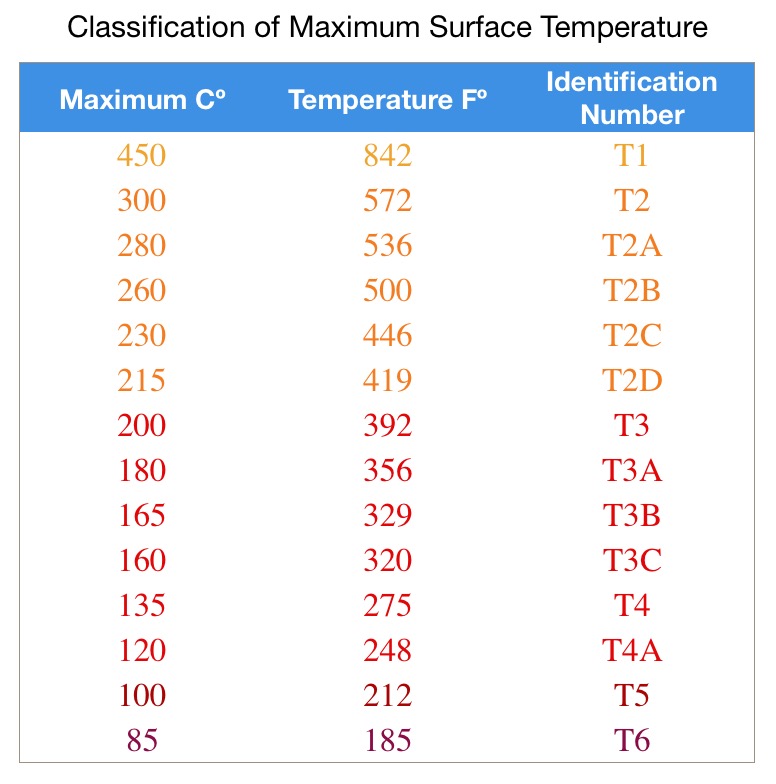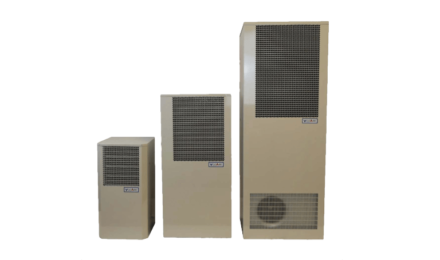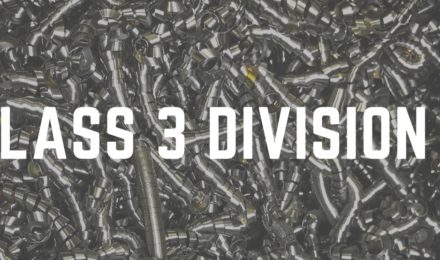Class 2 Division 2, also commonly written with a Roman numeral “Class ii Division 2”, represents an area where combustible dust may be present in quantities sufficient to ignite or explode.
- Dust may be suspended in the air in quantities sufficient to ignite under abnormal operations or when combustible dust accumulations are insufficient to interfere with the normal operation of electrical equipment, but could as a result of malfunctioning of handling or processing equipment become suspended in the air.
- Dust accumulations could interfere with the safe dissipation of heat from electrical equipment, or be ignitable by abnormal operation or failure of electrical equipment.
In other words, dust that may have accumulated on equipment that becomes airborne through an abnormal event.
How do I know if my dust is hazardous?
Many items that are generally regarded as harmless such as grains, metals, and dusts become a fire or explosion hazard when particles are less than 500 microns and dispersed in the air. Particles larger than 500 microns could be considered a fiber or flying by explosion proof standards. It’s the responsibility of those who understand the dangers of the products and manufacturing environments, such as the fire marshal, plant facility engineer, or insurance underwriter, to identify the classification of a hazardous area.
“Explosion Proof.” is a term for HVAC equipment built for Hazardous or classified environments. These air conditioners are not bombproof; instead, an explosion proof air conditioner is one that was constructed or modified so it does not become an ignition source through arch or spark in a hazardous location where gases, dust or fibers are or may be present in combustible concentrations.
What makes Class 2 Division 2 different from other Classifications
The North American hazardous location specifies classes, divisions, and groups. “Classes” define the general nature of the hazardous material in the surrounding atmosphere in three characteristics. Gasses (class I), Dusts (class II), and fibers/flyings (class III).

Divisions represent the likelihood of the hazardous material in quantities sufficient for ignition. Division 1 is a high probability in normal conditions and division 2 being a low probability in abnormal conditions. Class 2 (dusts) Division 2 (low probability in normal conditions). While there are separate definitions for C2D1 and C2D2, we build the Class 2 Division 2 unit the exact same way we’ll build a C2D1.
Class I Division 1
Class I Division 2
Class II Division 1
Class III Division 1
Class 2 Division 2 involves enclosing equipment in a manner that excludes dust and doesn’t permit arcs, sparks, or heat inside the enclosure to ignite accumulations or suspensions of dust on or in the vicinity of the enclosure. Class II equipment must not allow any exposed equipment surface to operate at a temperature above the autoignition temperature of the specified dust.

Manufacturing Class 2 equipment will be less expensive than Class 1. However, even though we’re dealing with dust, the build quality will be very similar to a Class 1 Division 2 unit. Motors need to be totally enclosed and meet the t-code (autoignition temperature). Heaters must be explosion proof to class 1 standards. Every element that has the potential to arch, spark or get hot including; contactors, breakers, and relays must be placed in a fully enclosed box with a gasket or explosion proof enclosure. Wiring can be done in the general purpose wire raceway method, braided sleeve, flexible metallic conduit, EMT or rigid conduit.
To avoid the added expense of classified location equipment, it’s recommended to locate as much of the electrical equipment as possible to outside the classified hazardous location. Air conditioners have an advantage in that they come in two separate sections, an Indoor (Evaporator) section and outdoor (condenser) section. These different sections can be classified individually to minimize costs. For example, If the inside of your structure is classified, a rooftop unit would only need its evaporator (indoor) section classified because it’s the only part of the unit that will come on contact with the interior space.
Class 2 Division 2 For Sale, Rent, and Order
XP Climate Controls is a custom HVAC manufacturer that builds industrial air conditioners to exacting explosion proof and hazardous location specifications.
HVAC equipment comes in many shapes, sizes, functions, and classifications so if we don’t have your exact unit in stock, we will build it for you.
We currently stock Class 1 Division 2 window unit or have several rental C1D2 rental units available to hold you over until we can build your unit.







